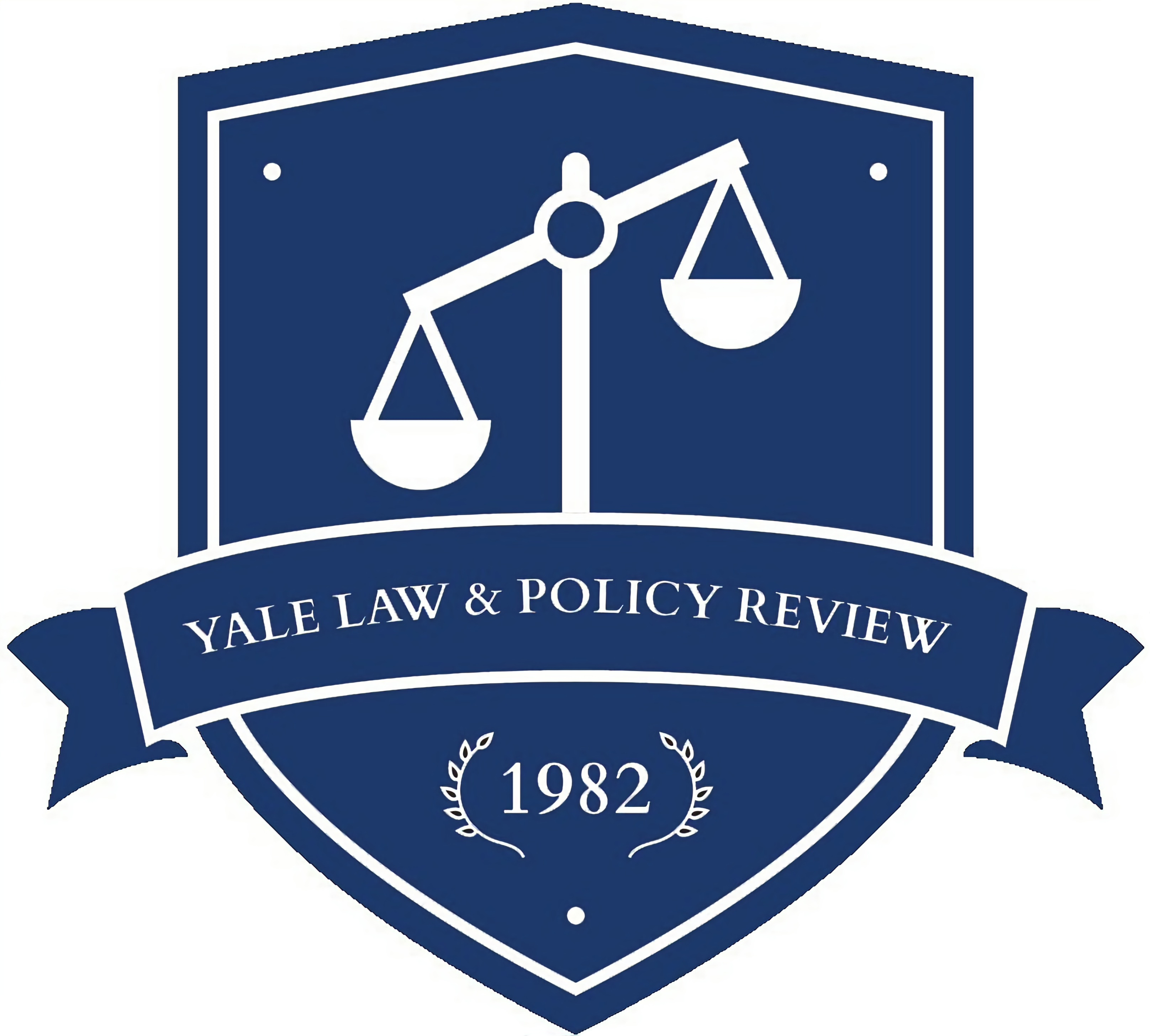As the need for fundamental reform of our nation’s labor laws has grown more and more evident since the 1970s, major reform efforts have focused narrowly on adjusting the provisions of the National Labor Relations Act (“NLRA”), but have repeatedly foundered amidst intense polarization over tipping the existing “balance” between labor and management. At the same time, at the federal, state, and, increasingly, municipal levels, U.S. labor laws governing worker organization and collective bargaining have been surrounded by a growing thicket of other laws governing the workplace. These employment laws have established various minimum standards. But the employment law on the books has not been matched by the law in action as violations are endemic, particularly at the bottom of the wage scale.
The Article argues that a politically feasible (in the medium term), economically rational, and effective reform proposal would seek to unify our labor and employment laws. Collective bargaining could both reduce enforcement costs and allow flexibility in the application of minimum standards laws, possibly reducing employers’ implacable opposition to labor law reform and thus permitting expanded union representation. The resulting expanded union representation could, in turn, ensure enforcement of employment law.
The Articles uses two current legal controversies as lenses through which to view how a more integrated regime of workplace regulation might function: the first, over agreements to arbitrate employment law claims that include a waiver of unrepresented employees’ right to engage in collective enforcement activity; and the second, over state and local minimum standards laws that permit waiver or modification of their terms via collective bargaining.
General Counsel, AFL-CIO. The ideas articulated in this Article are mine alone and do not represent the positions of the AFL-CIO. I wrote the Article prior to the election of November 8, 2016. I publish it now with some trepidation, knowing that bits and pieces of what I say here will be taken out of context by those who do not support the animating ideals of either labor or employment law. I proceed with the hope that a time of more even-tempered and rational discourse will return and that this footnote will serve as something of a hedge against any suggestion that I support knocking down any of the parts of the current law of the workplace when what follows argues for an integration of the parts so that, as a whole, the law can better realize its underlying purposes. I thank Cindy Estlund, Janice Fine, Kelly Ross, Ben Sachs, and Andy Strom for their comments on earlier drafts of this Article and Matt Finkin for his always generous sharing of his knowledge of comparative labor law.
